
Vocabulary related to animals is among the most important items for beginners to study. Especially if you’re an animal lover, learning about specific animals living in Poland and memorizing the Polish names of animals from your own country can be a fun way to broaden your language skills.
Polish animals don’t differ much from those you would find in other European countries. Are you curious what they are? Keep reading and learn tons of useful words for talking about animals in the Polish language.
 Table of Contents
Table of Contents
- Pets
- Farm Animals
- Various Land Animals
- Marine / Aquatic Animals
- Bugs and Insects
- Birds, Reptiles & Amphibians
- Animal Body Parts
- Animal-Related Expressions
- Final Thoughts
1. Pets
Can you guess what the most common pets in Poland are? Yep. Cats and dogs—no surprise there!
Here are some related terms:
- “cat” – kot
- “kitten” – kotek
- “dog” – pies
- “doggy” – piesek
- “puppy” – szczeniak
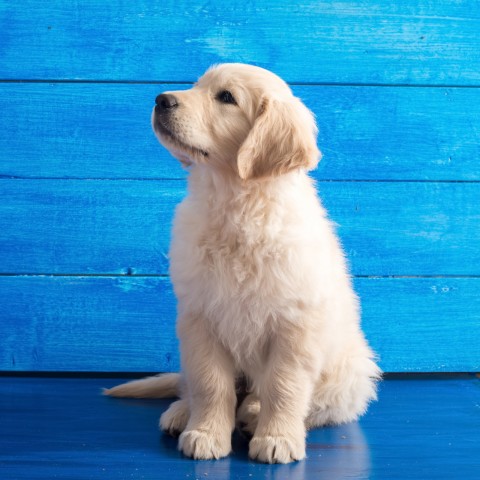
While cats and dogs are the most popular pets in the country, Poles also keep a variety of other furry critters:
- “mouse” – mysz
- “hamster” – chomik
- “rabbit” – królik
These animals are particularly popular among people who don’t want a big responsibility. They’re also pets that parents of young children decide to have. This is because a small child may not be ready for a big commitment or the duties related to owning a dog or cat.
Some Polish people enjoy more exotic pets. Some of these animals can easily be found in a pet store, while others require more effort to buy. These more exotic animals can sometimes be dangerous, so it’s important that the owner is careful about how and where they keep them. Examples of exotic animals you might find in Polish homes include:
- “parrot” – papuga
- “lizard” – jaszczurka
- “snake” – wąż
- “chameleon” – kameleon
- “spider” – pająk
- “tarantula” – tarantula
- “fish” – rybki
Let’s not forget about other important terms and expressions related to keeping pets:
- “dog food” – karma dla psa
- “cat food” – karma dla kota
- “bird food” – karma dla ptaków
- “cage” – klatka
- “terrarium” – terrarium
- “aquarium” – akwarium
- “bowl” – miska
- “lead” / “leash” – smycz
- “muzzle” – kaganiec
- “cat litter” – kuweta
If you plan on owning a pet in Poland, knowing the right vocabulary is essential. Do you already have animals and are thinking about transporting them to Poland? It’s understandable that you don’t want to leave your pet behind, but remember that there are several rules you’ll need to follow along the way! Whether you’re moving to Poland for work, love, or some other reason, make sure to plan your relocation in advance; some processes may take longer than expected.
Would you like to know what you can find inside a Polish home, apart from animals? Click on the link to find out. Don’t forget to also have a look at our lesson How Many Pets Do You Have in Poland? to remember the vocabulary better and to learn about the accusative case in Polish.
2. Farm Animals
Apart from animals living at home, there are also domesticated animals that live on farms. Parts of Poland are very urbanized, but there are still many spaces set aside for agriculture.
The most popular type of farm animals in Poland are cattle (bydło):
- “cow” – krowa
- “bull” – byk
- “pig” – świnia
- “sheep” – owca
- “goat” – koza
- “horse” – koń
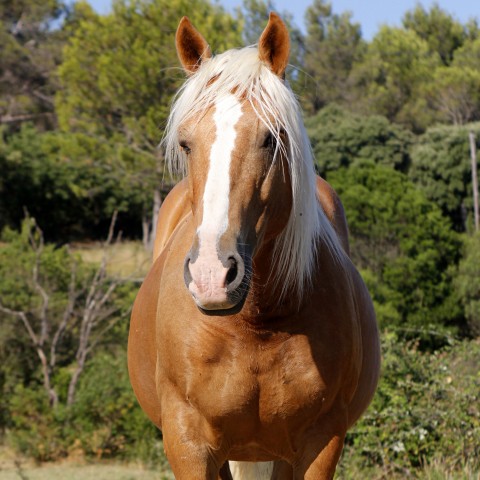
Another group of animals living on the farm is poultry (drób). Many Poles associate being in the countryside with the sound of a rooster calling out bright and early in the morning.
- “chicken” – kurczak
- “hen” – kura
- “rooster” – kogut
- “duck” – kaczka
- “goose” – gęś
Speaking of poultry, would you like to learn some Polish cooking vocabulary?
3. Various Land Animals
Many people think that there are no wild animals in Poland, but Polish mountains and forests are home to many of them. Some of these animals can even be dangerous! For instance, experts warn about wild boars, which can cause a threat to humans if not treated with respect.
Here are the names of some of these wild animals in Polish:
- “fox” – lis
- “deer” – jeleń
- “boar” – dzik
- “hare” – zając
- “wolf” – wilk
- “bear” – niedźwiedź
- “owl” – sowa
- “viper” – żmija
- “lynx” – ryś
You can learn the names of a couple of other wild animals in Poland by exploring our lesson What Kind of Polish Animal is That?
There are many animals that you can only encounter in zoos, which you can find in a number of large Polish cities. Here, people can appreciate species that don’t naturally live in the country. These animals include:
- “lion” – lew
- “tiger” – tygrys
- “camel” – wielbłąd
- “hyena” – hiena
- “elephant” – słoń
- “crocodile” – krokodyl
- “giraffe” – żyrafa
- “monkey” – małpa
- “hippopotamus” – hipopotam
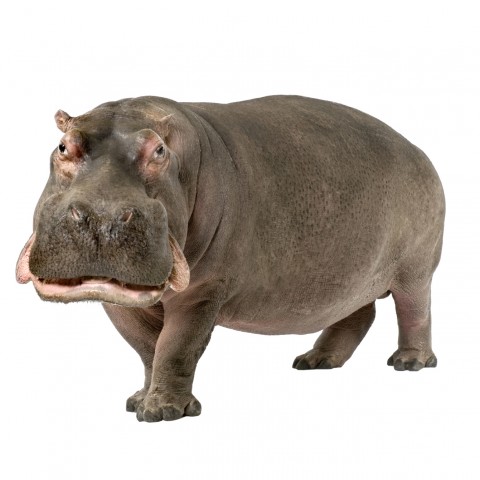
Do you often go to the zoo? Next time you go, try to name all the creatures you see by their Polish names.
4. Marine / Aquatic Animals
Poland does not have access to an ocean, but it does have a sea. Here are the names of common animals you might find in the Baltic Sea and around Polish lakes:
- “carp” – karp
- “seal” – foka
- “swan” – łabędź
- “crab” – rak
- “beaver” – bóbr
- “stork” – bocian
Do you know where children come from? White storks bring them, of course! That’s the story Polish parents often tell their offspring. Another version is that babies can be found in cabbage. You can learn more about the white stork (including the strange sound it makes) on our website! - “seagull” – mewa
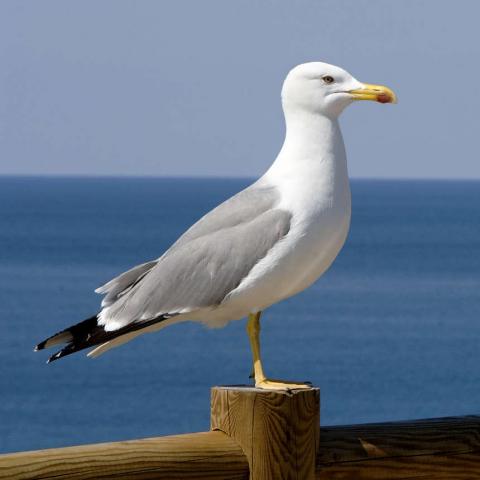
While there are relatively few aquatic animals in Poland, you should still learn the names of these animals in the Polish language:
- “shark” – rekin
- “whale” – wieloryb
- “dolphin” – delfin
- “octopus” – ośmiornica
- “stingray” – płaszczka
You can learn even more words for marine animals in our entertaining lesson, which encourages you to learn with pictures!
5. Bugs and Insects
There are many bugs and insects in Poland. Like people elsewhere in the world, Poles often complain about them, though many bugs are actually an important part of the ecosystem. Here are the Polish names for some of them:
- “ant” – mrówka
- “fly” – mucha
- “ladybug” – biedronka
- “spider” – pająk
- “grasshopper” – konik polny
- “bug” – robak
- “beetle” – żuk
- “worm” – dżdżownica
- “caterpillar” – gąsienica
- “butterfly” – motyl
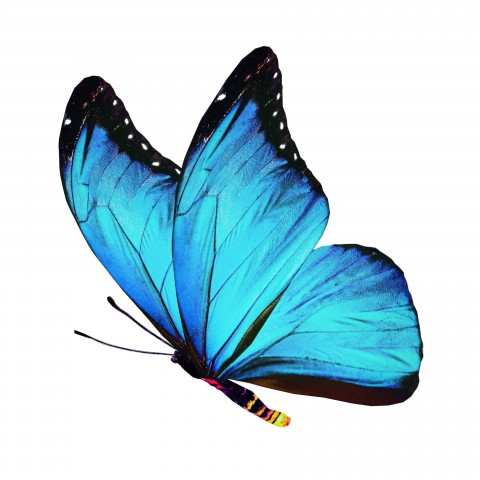
If you’re particularly interested in bugs, visit the website Insects of Poland to learn more!
6. Birds, Reptiles & Amphibians
There’s a number of birds that fly in the Polish skies. Here are the most common ones:
- “bird” – ptak
- “dove” – gołąb
- “woodpecker” – dzięcioł
- “eagle” – orzeł
- “crow” – kruk
- “hawk” – jastrząb
You can learn even more vocabulary for birds in our lesson Birds of a Feather Flock Together.
Our next two groups of animals in the Polish language are reptiles (gady) and amphibians (płazy).
- “frog” – żaba
- “toad” – ropucha
- “turtle” / “tortoise” – żółw
- “alligator” – aligator
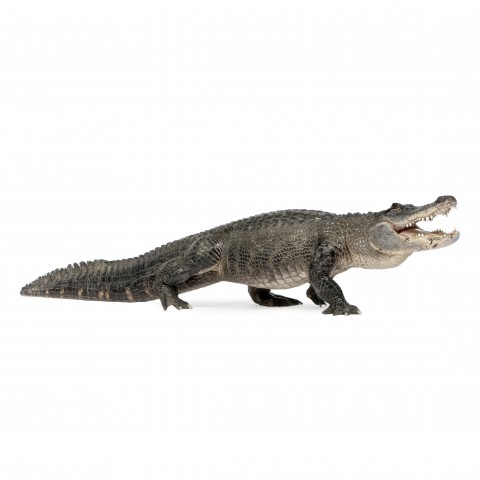
7. Animal Body Parts
Now that you’ve learned a long list of animals in Polish, you might want to learn the names of animal body parts. Knowing these terms will allow you to better describe the animals you encounter!
- “wing” – skrzydło
- “beak” – dziób
- “tail” – ogon
- “paw” – łapa
- “horns” – rogi
- “feather” – pióro
- “fur” – sierść
- “claws” – pazury / szpony
It’s great that you can now speak about animal body parts! However, do you know what to call all the body parts that we humans have?
8. Animal-Related Expressions
Polish has many expressions related to animals. This is a common trait of many languages, but the exact attributes given to animals often differ from country to country. Have a look at some of the most common idioms and sayings:
- zły jak osa – “as angry as a wasp”
- uparty jak osioł – “as stubborn as a donkey”
- mądry jak sowa – “as smart as an owl”
- zdrowy jak ryba – Literally: “as healthy as a fish” / Meaning: “fit as a fiddle”
- żyć jak pies z kotem – Literally: “to live together like cats and dogs” / Meaning: “to not get along”
- mieć węża w kieszeni – Literally: “to have a snake in your pocket” / Meaning: “to be stingy”
- jak ryba w wodzie – Literally: “like fish in water” / Meaning: “to be comfortable somewhere”
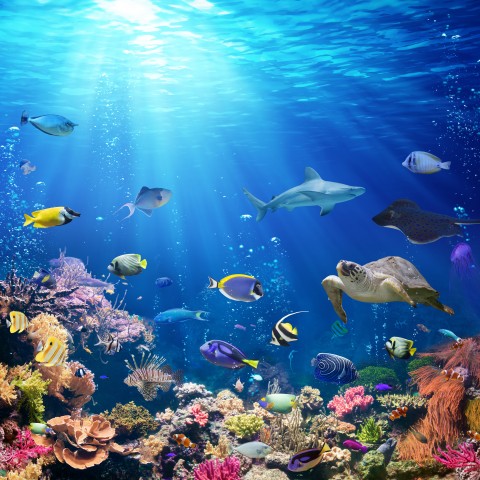
If you’d like to learn more idioms related to animals, remember to click on the link and visit our lesson on the topic.
9. Final Thoughts
Learning how to talk about pets and other animals is an important aspect of studying Polish. Today you’ve learned which animals live in Poland, what animals people keep at home, as well as the Polish animal names for creatures that live elsewhere. What’s your favorite animal, and what is it called in Polish? Let us know in the comments!
Learning vocabulary is an important element of mastering the language. Unfortunately, you’ll need more than that to understand and communicate with Polish people.
If you really want to be able to claim that you speak the language, you should use a tool that gives you more than just vocabulary. PolishPod101 is a great platform that offers you more structure than most other Polish learning programs. You’ll get access to countless recordings from native speakers as well as a personalized learning path.
There’s no better time to start improving your Polish than today. Create your free lifetime account and start learning with us!










